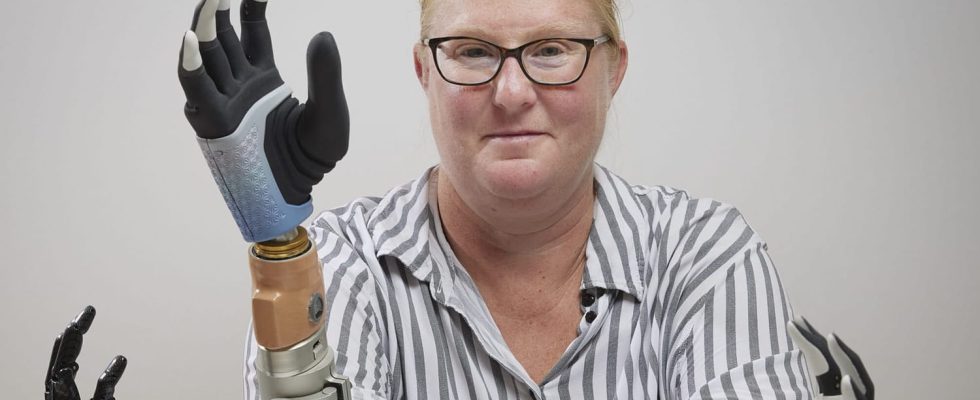Karin received this revolutionary technology that works with AI and seems worthy of a science fiction film. What she managed to do with it amazed the researchers…
Years of work and a more than promising result. A bionic hand worthy of a science fiction film has been developed by researchers from Sweden, Italy and Australia. A unique technology of its kind, packed with sensors and boosted with artificial intelligence. This is capable of creating a “man-machine interface” which makes it possible to “translate brain signals into precise but simple movements”, according to the journal Science Robotics.
The woman who tested the first prototype, Karin (her full name is withheld), suffered a farming accident 20 years ago. Right hand affected and years of struggle. When she received this revolutionary device about three years ago, the designers claimed their technology was the most advanced. No other product on the market then contained sensors integrated into the arm (to date most models have electrodes located on the outside, just under the artificial “skin”).
This object, undoubtedly even stronger than the Avengers’ Infinity Gauntlet, is called “Mia Hand”. It was developed by the Italian company Prensilia, which specializes in robotic devices and is funded by the European Commission. Based on new technology, this innovation opens new hope for people who are victims of accidents or armed conflicts. Some data from the project could even be used in Ukraine, with war wounded.
The results for Karin are in any case enormous. The 50-year-old Swede now successfully carries out 80% of her usual daily activities, such as preparing food, picking up objects, zipping and unzipping clothes or bags, or turning doorknobs or screws. She can move her five fingers individually, with a 95% success rate the review says. Touch is also improved, even if it remains limited today.
This is the first time that such an advanced robotic hand, connected directly to bones, muscles and nerves, has demonstrated its long-term effectiveness in this type of case. “A promising testimony to the potential of this new technology,” said one of the robotics engineers in charge of the project.
This solution, based on “osseointegration”, partly solves the problems of other prostheses, which limit incoming and outgoing signals during contact with an object. This time, “the integration is so strong that we can attach the artificial limb directly to the skeleton,” explains the researcher.
A complex process was still necessary, but the comfort and reliability were increased tenfold. Karin’s accuracy with her hand has almost quadrupled. And another more than technical progress has been noted: Karin, who suffered from “excruciating phantom pains” for years, believes that they have “reduced considerably”.
